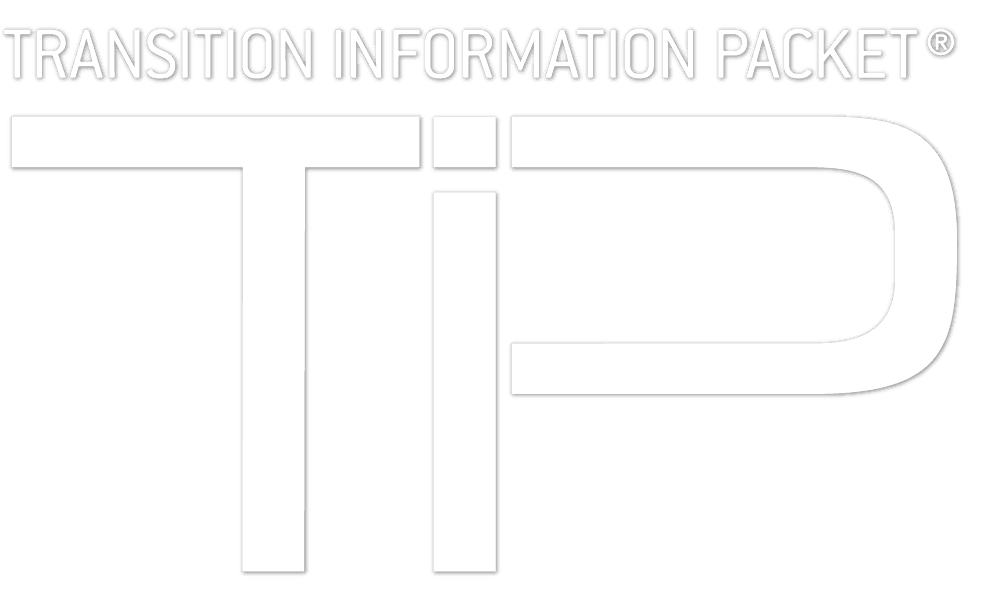The automobile and driving have been cornerstones of both industry and daily life for over a century. However, in recent years more and more portions of this way of life have become automated. The National Highway Traffic Safety Administration (NHTSA) reports that the continuing goal of automotive technology is to deliver increasing safety benefits and Automated Driving Systems (ADS) where fully automated cars and trucks will drive us, instead of us driving them. Enabling technologies have been incrementally introduced and accepted ranging from cruise control to lane assist technology.
Driven by various factors, including the need for ease in driving and the increasing concern for safety and security, which lead to demand for high-end technology resulting in the increased demand for semi-autonomous and autonomous vehicles, MarketsandMarkets reports that semi-autonomous vehicles market volume was estimated to be 10.5 Million Units in 2017 and is projected to reach 27.7 Million Units by 2022 growing at a compound annual growth rate (CAGR) of 21.36%. The autonomous vehicles market is estimated to be 0.5 Million Units in 2025 and is projected to reach 6.9 Million Units by 2030 growing at a CAGR of 68.94% from 2025 to 2030. When quantified from a revenue perspective, Allied Market Research reports that global autonomous vehicle market size is forecast to be valued at $54.23 billion in 2019, and is expected to reach $556.67 billion by 2026, registering a CAGR of 39.47% from 2019 to 2026. These vehicles use artificial intelligence (AI) software, light detection & ranging (LiDAR), and RADAR sensing technology.
While sensors play many roles in the automotive market, autonomous and semi-autonomous vehicles are a driving force in their use. These vehicles combine sensors and software to control, navigate, and drive the vehicle, and use LiDAR and RADAR sensors for its operation. The majority of self-driving systems create and maintain an internal map of their surroundings, based on a wide array of sensors. BCC Research reports that the global market for automobile sensors should grow from $35.4 billion in 2018 to $66.2 billion by 2023 at a CAGR of 13.4% from 2018 to 2023.
From a regional perspective, North America is expected to dominate the semi-autonomous vehicles market, in terms of volume, followed by Europe and Asia Pacific. Semi-autonomous vehicles volumes have increases in recent years, with OEMs catering not only to the domestic demand but also to the overseas demand. Moreover, in 2025 North America is likely to lead the autonomous vehicles market in terms of volume followed by Europe and Asia Pacific, as key technology innovators such as Google, Microsoft, and Delphi automotive are significantly investing in and testing the technology to commercialize the same.
However, barriers in this market include the lack of infrastructure to support autonomous cars in developing nations, concerns regarding cyber security and safety of the personal data of the users, and consumers’ hesitation to accept fully autonomous cars are some of the restraints that might hinder the growth of autonomous and semi-autonomous vehicles. Frost & Sullivan reports that while technology development and the lack of a robust regulatory framework are the greatest obstacles in this market today, the need to understand consumer demand and the use of data for generating revenues will be the key challenge to address for OEMs in the future. To achieve this, analysts believe that OEMs will need to focus on developing flexible, autonomous platforms capable of providing multiple vehicle types for specific use cases to be successful in the future.
To learn more, consider attending a conference in 2020 – Autonomous Vehicles and Machines 2020 kicks off the year in January, Autonomous Vehicles 2020 takes place in February, and the Autonomous Vehicles Test & Development Symposium will take place alongside Automotive Testing Expo in October.



